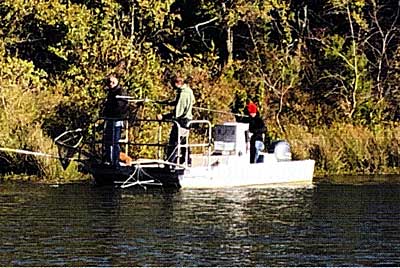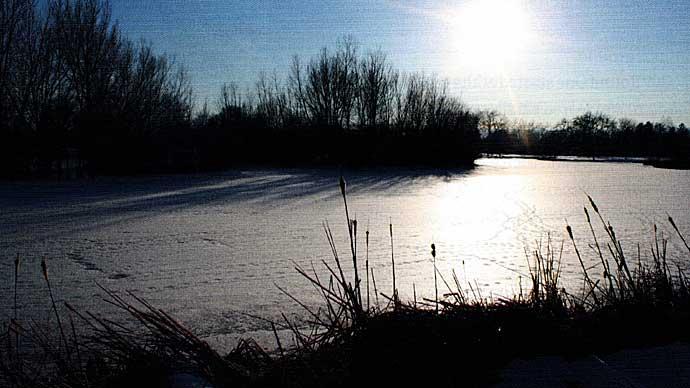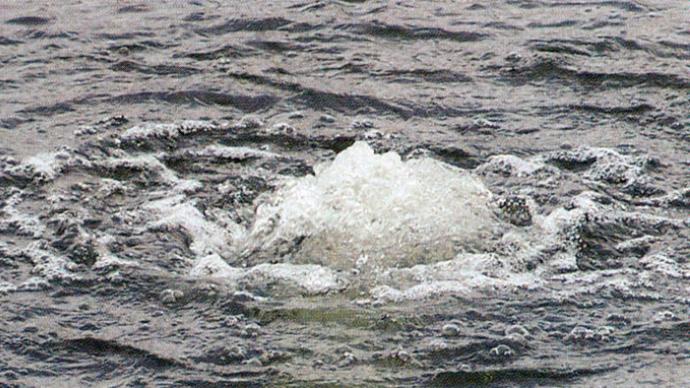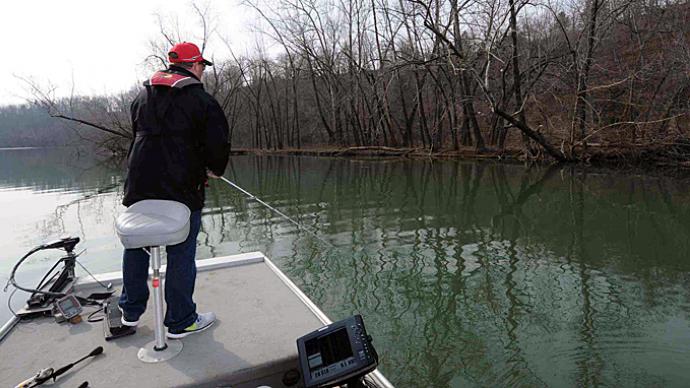
This column is normally reserved for discussion about water quality, maybe water chemistry or micro-biologic activity. It's not easy to write that stuff, much less read about and understand it.
Here it is, cold winter after a series of weird months of pandemic, elections, and social discord and some of us are already thinking about spring. Of course, if you are reading this, you are thinking about your pond or lake. Coming out of winter, it's a good idea to address the implications of water quality and chemistry on the green stuff that grows in and around it.
Send a water sample, right now, to the lab to get a chemistry analysis. You need it for reference.
Start thinking about aquatic plants right now. You don't actually have to do anything, yet, but start being aware. When that time hits, your mindset will be ready to have an action plan.
Look at your pond and the surrounding area as a layer cake.
Start about ten vertical feet above the waterline. What do you see? Upland grasses, trees, brush? Landscape? Now, drop down about five feet. Is it the same? Or, are you seeing some sort of transition? Different species of trees, different species of grasses? How about right at the waterline, along the shore? Willow trees, cattails, lily pads, smartweed or something else that likes its feet wet? Think back a few months and remember what was growing there. Then on top of the water? Duckweed, maybe waterfern? How about five feet under the water? Coontail, bushy pondweed, milfoil or something of the sort? What about the next five feet below? Understanding your pond environment as that proverbial layer cake, you'll better understand what to expect from each layer and you'll see how those layers integrate with each other to become the next season's environment.

Plants need a handful of things to grow — water, temperature, food, and sunlight. Take away any one of these and they don't grow. That's why you aren't seeing much aquatic plant growth right now. Water temperatures are too cold.
Each plant species thrives under slightly different conditions within these criteria, and different species of plants thrive with different amounts of these parameters. For example, cattails have a different temperature and food window than duckweed. Cattails hold loose soils in places and suck their food from the mud. Duckweed floats, and gleans its food from the top of the water column. Both get their energy from the sun.
Knowing these principles help you learn what to expect from your piece of peace and will make you a better steward. After all, it's oftentimes much easier to use that ounce of prevention our parents taught us about when we were little stewards, especially when it comes to dealing with plants.
As spring pulls the covers off winter, start watching your pond. It will change and when it does, it can happen fast. That's when knowing the principles of the physics of water pays off.
Soft, acidic water grows completely different flora than does hard, mineral-laden water. You won't see Chara in soft water and you won't often see bladderwort in hard water, but you'll sure see cattails in that hard water and even sometimes in fairly soft water.
Knowing those facts go a long way toward understanding the species of plants you have. As vegetation begins to grow, take the time to research what you have and then learn as much as you can about each species. This information will help you figure out whether what is growing in early spring can continue to thrive in your waters and how its presence or die off will affect your water quality (which will affect your fishery), and then you will be able to determine whether you truly want that plant in or around your pond.

I was looking at a small lake a few years ago and saw a plant that I'd only seen in books and online sources. Giant Salvinia. That's an invasive plant that's garnered agency attention to eradicate it as much as possible in public waters. Since it was winter, the few plants I saw floating in this man's southeast Texas five-acre puddle seemed innocuous. A mild freeze had burned them back and the few plants we saw were sick—alive, but sick. I asked the landowner if he knew what it was and he didn't. When I explained what it was and showed him some facts about it, he immediately called his ranch manager to physically remove the forty or fifty plants and dispose of them. He saved his fishing lake from a really big headache. Had he left those plants and not paid attention to his lake; it would have been at least half-covered by mid-summer. That would have been a serious problem.
Nutrients also play a role in the types of vegetation growing in your pond. Nutrients dissolved in the water tend to grow microscopic plants and animals called plankton. But, if the majority of the pond's nutrients are buried in sediments, you are more likely to get rooted vegetation.
Floating plants like watermeal and duck-weed live under the same fundamental principles but behave differently than rooted plants. They are mobile. Tiny plants floating on the surface in the spring can multiply faster than an old mathematician with an abacus can count.
As water warms this spring, it becomes less dense. Water temperature can change the clarity levels, alter the concentration of dissolved nutrients, and mildly affect the water chemistry. As these natural changes occur, some plants adjust and thrive, while others deteriorate. As a student of water, you'll be fascinated with those changes. I'm always amazed at cattails. They're gone, they're dead, they're dormant...then, almost overnight, and they go from a patch of tan stands of dead stuff to six-foot tall green leaves.
So, be sure to watch all the layers of your pond environment closely and often. You'll better understand what to expect from each layer and you'll begin to see how all those layers integrate with each other to become the next season's environment—and you'll be better equipped to play the hand nature deals you early in the game rather than having to opt for that pound of cure our parents warned us about so many seasons ago.
Reprinted with permission from Pond Boss Magazine



